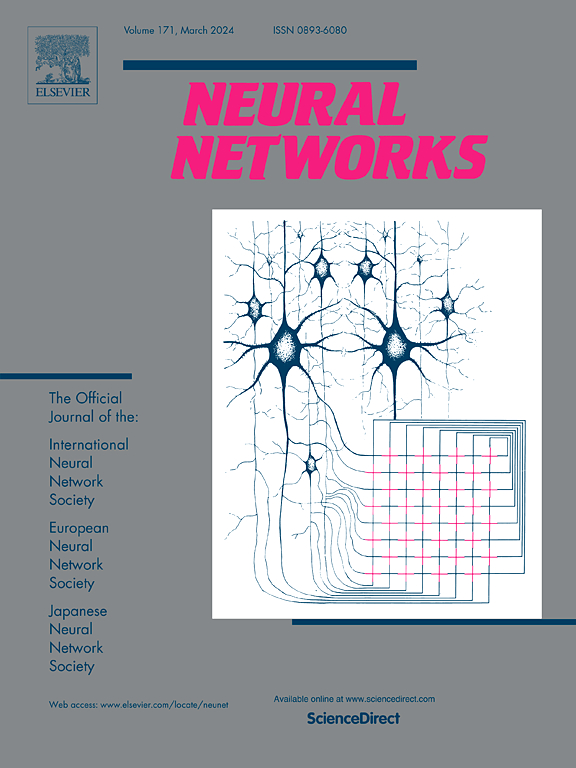Quality-related fault detection for dynamic process based on quality-driven long short-term memory network and autoencoder
IF 6
1区 计算机科学
Q1 COMPUTER SCIENCE, ARTIFICIAL INTELLIGENCE
引用次数: 0
Abstract
Fault detection consistently plays a crucial role in industrial dynamic processes as it enables timely prevention of production losses. However, since industrial dynamic processes become increasingly coupled and complex, they introduce uneven dynamics within the collected data, posing significant challenges in effectively extracting dynamic features. In addition, it is a tricky business to distinguish whether the fault that occurs is quality-related or not, resulting in unnecessary repairing and large losses. In order to deal with these issues, this paper comes up with a novel fault detection method based on quality-driven long short-term memory and autoencoder (QLSTM-AE). Specifically, an LSTM network is initially employed to extract dynamic features, while quality variables are simultaneously incorporated in parallel to capture quality-related features. Then, a fault detection strategy based on reconstruction error statistic squared prediction error () and the quality monitoring statistic Hotelling () is designed, which can distinguish various types of faults to realize accurate monitoring for dynamic processes. Finally, several experiments conducted on numerical simulations and the Tennessee Eastman (TE) benchmark process demonstrate the reliability and effectiveness of the proposed QLSTM-AE method, which indicates it has higher accuracy and can separate different faults efficiently compared to some state-of-the-art methods.
基于质量驱动的长短期记忆网络和自动编码器的动态过程质量相关故障检测。
故障检测在工业动态流程中一直发挥着至关重要的作用,因为它能及时防止生产损失。然而,由于工业动态流程的耦合性和复杂性越来越高,它们会在采集的数据中引入不均衡的动态,这给有效提取动态特征带来了巨大挑战。此外,如何区分发生的故障是否与质量有关也是一个棘手的问题,从而导致不必要的维修和巨大的损失。为了解决这些问题,本文提出了一种基于质量驱动长短期记忆和自动编码器(QLSTM-AE)的新型故障检测方法。具体来说,首先采用 LSTM 网络来提取动态特征,同时并行纳入质量变量来捕捉与质量相关的特征。然后,设计了一种基于重构误差统计量平方预测误差(SPE)和质量监测统计量 Hotelling T2(H2)的故障检测策略,该策略可以区分各种类型的故障,从而实现对动态过程的精确监测。最后,在数值模拟和田纳西伊士曼(Tennessee Eastman,TE)基准工艺上进行的几项实验证明了所提出的 QLSTM-AE 方法的可靠性和有效性,表明与一些最先进的方法相比,该方法具有更高的准确性,并能有效区分不同的故障。
本文章由计算机程序翻译,如有差异,请以英文原文为准。
求助全文
约1分钟内获得全文
求助全文
来源期刊

Neural Networks
工程技术-计算机:人工智能
CiteScore
13.90
自引率
7.70%
发文量
425
审稿时长
67 days
期刊介绍:
Neural Networks is a platform that aims to foster an international community of scholars and practitioners interested in neural networks, deep learning, and other approaches to artificial intelligence and machine learning. Our journal invites submissions covering various aspects of neural networks research, from computational neuroscience and cognitive modeling to mathematical analyses and engineering applications. By providing a forum for interdisciplinary discussions between biology and technology, we aim to encourage the development of biologically-inspired artificial intelligence.
 求助内容:
求助内容: 应助结果提醒方式:
应助结果提醒方式:


